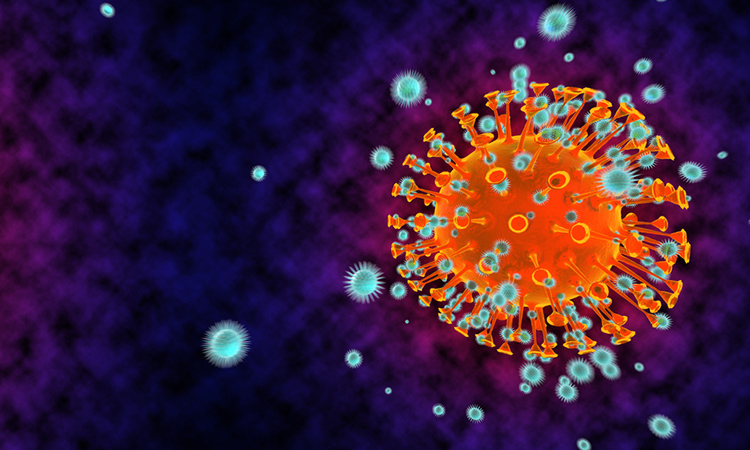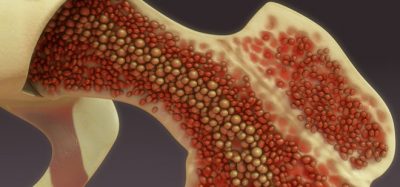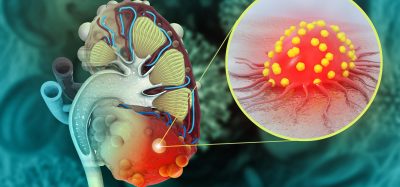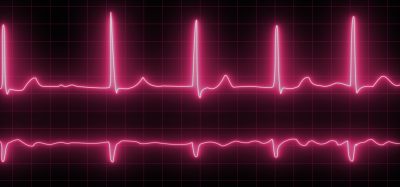Persistence of infected cells in lungs could explain long-term COVID-19 symptoms, say scientists
Posted: 4 November 2020 | Victoria Rees (Drug Target Review) | No comments yet
Researchers have found the genome of COVID-19 and infected cell syncytia in the respiratory cells of deceased patients, potentially explaining long-term coronavirus effects.


A team investigating deceased COVID-19 patients has shed light on possible lung damage caused by the coronavirus, SARS-CoV-2.
The study by King’s College London, UK, in collaboration with the University of Trieste and the International Centre for Genetic Engineering and Biology, both Italy, shows the unique characteristics to the SARS-CoV-2 virus and may explain why patients suffer from ‘long COVID’.
According to the researchers, patients with COVID-19 can experience symptoms such as blood clotting and loss of smell and taste. Some who survive the infection can experience the effects of the disease for months – known as ‘long COVID’ – with a feeling of fatigue and lack of breath. There have been a limited number of studies that have analysed the organs of COVID-19 patients which means the characteristics of the disease are still largely unknown.
The researchers analysed the organs of 41 patients who died of COVID-19 at the University Hospital of Trieste, Italy, from February to April 2020, at the start of the pandemic. The team took lung, heart, liver and kidney samples to examine the behaviour of the virus.
The findings show extensive lung damage in most cases, with patients experiencing profound disruption of the normal lung structure and the transformation of respiratory tissue into fibrotic material.
The team found that almost 90 percent of patients showed two additional characteristics that were quite unique to COVID-19 compared to other forms of pneumonia. First, patients showed extensive blood clotting of the lung arteries and veins (thrombosis). Second, several lung cells were abnormally large and had many nuclei, resulting from the fusion of different cells into single large cells. This formation of fused cells, called syncytia, is due to the viral Spike (S) protein, which the virus uses to enter the cell. When the protein is present on the surface of cells infected by the COVID-19 virus, it stimulates their fusion with other normal lung cells, which can be a cause for inflammation and thrombosis.
Additionally, the research showed the long-term persistence of the viral genome in respiratory cells and in cells lining the blood vessels, along with the infected cell syncytia. The team say the presence of these infected cells can cause the major structural changes observed in lungs, which can persist for several weeks or months and could potentially explain ‘long COVID’.
The researchers found no overt signs of viral infection or prolonged inflammation in other organs.
Professor Mauro Giacca, at King’s College London, said: “These findings are very exciting. The findings indicate that COVID-19 is not simply a disease caused by the death of virus-infected cells but is likely the consequence of these abnormal cells persisting for long periods inside the lungs.”
The team is now actively testing the effect of these abnormal cells on blood clotting and inflammation and are searching for new drugs that can block the viral S protein which causes cells to fuse.
The findings were published in eBioMedicine.
Related topics
Disease Research, Genetic Analysis, Genomics, Research & Development
Related conditions
Covid-19
Related organisations
International Centre for Genetic Engineering and Biology, King's College London, University of Trieste
Related people
Professor Mauro Giacca







